Flag of Ethiopia
- Flag Type: State
- Proportions (official): 1:2
- Official name: Federal Democratic Republic of Ethiopia
- Local name: የኢትዮጵያ ፌዴራላዊ ዲሞክራሲያዊ ሪፐብሊክ
- Sovereignty (year): NO (never colonized)
- Member of Organizations: UN, African Union
- Country code, territory: ET, ETH, 231
- Capital: Addis Ababa
- Large cities: Gondar, Mekele, Adama
- Population: ~131,000,000 (2024, UN)
- Religions: Christianity ~67%, Islam ~31%
- Area (km²): 1 104 300
- Highest point: Ras Dashen (4,550 m)
- Lowest point: Danakil Depression (-125 m)
- Currency: Ethiopian birr (ETB, Br)
- Languages: Amharic, Oromo, English
- Dialing code: +251
- National domain: .et
Flag Information
General information
Demography and Culture
Economy and communications
- All Flags
- Flags of Countries by Continent
-
Flags of Organizations
- Flags of UN countries
- Flags of the European Union countries
- Flags of NATO countries
- Flags of the countries of the Organization of Islamic Cooperation
- Flags of the countries of the Organization of American States
- Flags of the Arab League countries
- Flags of the African Union countries
- Flags of the countries of the Union of South American Nations
- Flags of the Commonwealth of Nations
- Flags of the countries of the Secretariat of the Pacific Community
- Flags of the Nordic Council countries
- Flags of the Caribbean Community
- Flags of the countries of the Association of Southeast Asian Nations
- Flags of the East African Community
- Flags of the countries of the Organization of Turkic States
- LGBT Community Flags
- Historical Flags
- Ethnic Flags
- Flags of the USA (states)
Description
The national flag of Ethiopia is far more than just a piece of cloth; it is a profound symbol woven from centuries of rich history, unwavering independence, and a unique position as a beacon for the entire African continent. Adopted in its current form on October 6, 1996, it represents the resilience, unity, and aspirations of one of the world's oldest independent nations. This comprehensive overview delves into the intricate design, the powerful symbolism of its colors and emblem, its deep historical roots, its geographical and regional context, and its profound significance for the diverse peoples of Ethiopia.
Design and Dimensions
The flag of Ethiopia is a distinctive horizontal tricolor, featuring three equally sized stripes of green, yellow, and red. At its very center, it proudly displays a circular blue disc containing a vibrant gold (yellow) pentagram with radiating rays.
-
Dimensions: While specific official dimensions might vary depending on the context of display, the standard proportions for the flag are typically 1:2 (height to width). This ratio ensures visual balance and proper representation of its elements.
-
Color Arrangement:
-
Green (Top Stripe): Occupies the uppermost third of the flag.
-
Yellow (Middle Stripe): Occupies the central third, positioned directly below the green.
-
Red (Bottom Stripe): Occupies the lowest third, completing the tricolor.
-
Central Emblem: A perfect circle, the blue disc is centrally placed on the yellow stripe, extending slightly into the green and red stripes. Within this blue disc, a gold (yellow) pentagram (a five-pointed star) is prominently featured, with five rays of light emanating from its points towards the edges of the blue disc.
-
This arrangement is immediately recognizable and steeped in layers of meaning, reflecting both historical continuity and contemporary aspirations.
Symbolism of the Colors and Elements
Each component of the Ethiopian flag carries profound historical, cultural, and spiritual significance, echoing the nation's journey and its values.
-
Green: Positioned at the top, green is traditionally understood to symbolize the land of Ethiopia, its fertility and richness, and the hope for prosperity and development. It also represents work and diligence, reflecting the agricultural foundation of the nation and the efforts of its people. Furthermore, for many, it evokes the fertile plains and the promise of a bountiful future.
-
Yellow: The central yellow stripe is a vibrant symbol of peace, harmony, and justice. It represents the natural wealth of the country, including its mineral resources and the golden sun that shines over its landscapes. Yellow is also strongly associated with faith and the light of knowledge, embodying the wisdom and intellectual heritage of the Ethiopian people. It serves as a reminder of the nation's spiritual depth and its commitment to righteousness.
-
Red: The bottom red stripe is a powerful testament to the strength and valor of the Ethiopian people. Most significantly, it symbolizes the blood shed by patriots and martyrs who defended the nation's independence and sovereignty throughout its long history. It is a constant reminder of the sacrifices made to ensure freedom and self-determination, particularly in the face of colonial aggression.
-
Blue Disc: The circular blue disc in the center represents peace, the sky, and the future. It also subtly alludes to the Nile River, which originates in Ethiopia and is a vital source of life for the region, signifying its importance for development and sustenance. Its circular shape embodies eternity and unity, suggesting a continuous and harmonious future.
-
Gold (Yellow) Pentagram (Seal of Solomon / Star of Unity): This five-pointed star is deeply significant. Historically, it has been linked to the Seal of Solomon, a symbol of wisdom and divine order, connecting to Ethiopia's ancient monarchy and its rich religious heritage. In its modern interpretation, the pentagram symbolizes the unity and diversity of the various Ethiopian peoples, with its five points representing the equality of all ethnic and religious groups. It also represents prosperity and a bright future, with the radiating rays signifying the enduring light of progress and the potential for a glorious tomorrow that shines upon all citizens. The star serves as a powerful emblem of the nation's commitment to self-determination and national identity.
Collectively, these elements narrate Ethiopia's journey, from its ancient roots to its modern aspirations, always anchored in themes of freedom, unity, and hope.
History of Creation and Adoption
The history of the Ethiopian flag is as old and rich as the nation itself, undergoing evolutions that reflect major political and social changes while retaining core elements.
-
Early Origins (Late 19th Century): The use of the green, yellow, and red tricolor dates back to the late 19th century. These colors were prominently displayed during the reign of Emperor Menelik II. Notably, they were flown at the Battle of Adwa in 1896, where Ethiopian forces decisively defeated invading Italian colonial troops, securing Ethiopia's independence and becoming a profound symbol of African resistance against colonialism. Initially, the order of the stripes was often red, yellow, green, but this gradually shifted.
-
Standardization of Tricolor (Early 20th Century): By the early 20th century, the order of green, yellow, red became standardized and widely recognized as the national colors. For much of this period, the flag did not feature a central emblem, or it occasionally incorporated the Lion of Judah, a traditional symbol of the Solomonic dynasty, reflecting the imperial era.
-
Emblem Changes (Mid-20th Century to Present):
-
Derg Regime (1975-1987): Following the overthrow of Emperor Haile Selassie I, the military junta (Derg) initially retained the tricolor but removed the Lion of Judah. Later, they introduced a new emblem that typically featured a simpler, gold star or a gear-and-plow motif on the yellow stripe, reflecting socialist ideals.
-
Transitional Government (1991-1996): After the fall of the Derg regime, a new transitional government removed the Derg-era emblem, often displaying the plain tricolor or a simple gold star on a blue disc.
-
Current Flag Adoption (October 6, 1996): The current flag, with the specific blue disc containing the gold pentagram and radiating rays, was officially adopted on October 6, 1996. This design was chosen by the Ethiopian People's Revolutionary Democratic Front (EPRDF) government, which came to power in 1991. The new emblem was intended to symbolize the unity of the diverse ethnic groups within Ethiopia, reflecting the country's federal structure and a break from previous imperial or socialist symbols, while maintaining the revered historical colors.
-
The evolution of the flag's central emblem illustrates the nation's journey through different political systems, but the underlying green, yellow, and red tricolor has consistently remained, embodying Ethiopia's continuous independence and identity.
Country, Region, and Acceptance
Ethiopia is a historically significant country located in the Horn of Africa, in East Africa. It is a landlocked nation, bordered by Eritrea, Djibouti, Somalia, Kenya, South Sudan, and Sudan. Its strategic location and unique history have made it a pivotal player in regional and continental affairs.
The flag is the official national emblem of the Federal Democratic Republic of Ethiopia and is universally accepted by the government, its diverse population, and the international community. It is proudly displayed at all government institutions, schools, public gatherings, and by citizens across the country, signifying national pride and unity. Despite various internal challenges and political shifts, the flag remains a unifying symbol for all Ethiopians.
Significance for the Inhabitants
For the people of Ethiopia, the flag holds immense and multifaceted significance, deeply intertwined with their identity and collective memory:
-
Unbroken Independence: Above all, the flag is a powerful emblem of Ethiopia's unbroken independence. It is a source of immense pride that Ethiopia is the only African nation to have successfully resisted formal colonialization, a victory largely symbolized by the Battle of Adwa. The flag, therefore, represents centuries of sovereignty and self-determination.
-
Unity in Diversity: With over 80 distinct ethnic groups and numerous languages, Ethiopia is a mosaic of cultures. The flag, particularly its central pentagram, actively promotes and symbolizes unity amidst this diversity, fostering a shared national identity that transcends ethnic lines. It reminds citizens that they are part of one unified nation.
-
Sacrifice and Resilience: The red stripe, in particular, serves as a poignant reminder of the sacrifices made by generations of Ethiopians to protect their land and freedom. It evokes the courage and resilience that have defined the nation's history.
-
Pan-African Symbolism: The Ethiopian flag's colors (green, yellow, red) became the inspiration for the Pan-African colors, adopted by many newly independent African nations after decolonization. For Ethiopians, this reinforces their nation's historical role as a beacon of freedom and inspiration for the entire continent. It is a source of pride that their flag's colors represent the broader struggle for African liberation and unity.
-
Hope for the Future: The vibrant colors and the radiating rays from the pentagram symbolize hope, progress, and a bright future for all Ethiopians. It embodies the aspirations for peace, development, and prosperity for generations to come.
-
Cultural and Spiritual Connection: The flag’s colors resonate with deep cultural and spiritual meanings, reflecting the faith and traditions that have shaped Ethiopian society for millennia.
Interesting Facts
-
Inspiration for Pan-African Colors: The Ethiopian flag is unique in that its colors (green, yellow, red) directly inspired the Pan-African colors, which were subsequently adopted by many newly independent African nations as a symbol of their newfound sovereignty and shared heritage. This makes Ethiopia's flag a foundational symbol for the entire continent.
-
Never Colonized (except brief Italian occupation): Ethiopia is the only African nation that was never formally colonized during the Scramble for Africa. Although Italy briefly occupied it from 1936 to 1941, Ethiopia maintained its sovereignty and resisted full colonial subjugation. This makes its flag a unique symbol of sustained independence.
-
Ancient Christian Heritage: Ethiopia boasts one of the oldest Christian traditions in the world, with the Ethiopian Orthodox Tewahedo Church dating back to the 4th century. Many historical symbols and stories are deeply intertwined with the national identity.
-
Birthplace of Coffee: Ethiopia is widely regarded as the birthplace of coffee. The coffee bean was first discovered in the Kaffa region, leading to its global spread.
-
Rastafarian Connection: The Rastafarian movement, originating in Jamaica, reveres Emperor Haile Selassie I of Ethiopia as a divine figure and views Ethiopia as the promised land (Zion). Consequently, the colors of the Ethiopian flag hold deep spiritual significance for Rastafarians worldwide.
-
Unique Calendar: Ethiopia uses its own unique calendar, which is about 7 to 8 years behind the Gregorian calendar. It also has 13 months, with 12 months of 30 days each and a 13th month of 5 or 6 days.
-
Time System: Ethiopia operates on a unique 12-hour clock system that begins at sunrise. For example, 7:00 AM Gregorian time would be 1:00 AM Ethiopian time, and 1:00 PM Gregorian time would be 7:00 AM Ethiopian time.
-
"Roof of Africa": Ethiopia is known for its rugged mountains and high plateaus, often referred to as the "Roof of Africa," including the Simien Mountains, a UNESCO World Heritage site.
-
Diverse Languages: With Amharic as the official working language, Ethiopia is home to over 80 different languages and 200 dialects, reflecting its rich ethnic diversity.
-
The Ark of the Covenant: According to Ethiopian Orthodox tradition, the Ark of the Covenant, containing the original tablets of the Ten Commandments, is housed in the Church of Our Lady Mary of Zion in Axum, Ethiopia. This belief adds another layer of profound spiritual significance to the nation.
In the demonstration images, full-size flags are shown with proportions of 2:3, and hand-held flags with proportions of 1:2.
Donation
Download
Completely free for commercial and non-commercial use (public domain).
You can freely use them in your news magazines, websites, software, mobile applications.
We appreciate a backlink to https://flagssite.com
Raster files - Flag of Ethiopia (PNG, JPG)
 Waving flag
Waving flag
- PNG format (transparent background), 72dpi, dimensions in Pixels (px), aspect ratio 3:4.
- 15х20 px
- 30х40 px
- 60х80 px
- 120x160 px
- 240x320 px
 Sizes:
Sizes:
"v15" - image size (by height); if necessary, replace with available: v15, v30, v60, v120, v240.
!!! For resizing, use the Latin (eng) keyboard layout.
<img src="https://flagssite.com/flags/v15/20452.png" alt="Flag of Ethiopia">
 Round flag
Round flag
- PNG format (transparent background), 72dpi, dimensions in Pixels (px), aspect ratio 1:1.
"d15" - image size (diameter); if necessary, replace with available: d15, d30, d60, d120, d240.
!!! For resizing, use the Latin (eng) keyboard layout.
<img src="https://flagssite.com/flags/d15/20452.png" alt="Flag of Ethiopia">
 Rectangular flag 2:3
Rectangular flag 2:3
- JPG format, 72dpi, dimensions in Pixels (px), aspect ratio 2:3.
"h30" - image size (by height); if necessary, replace with available: h15, h30, h60, h120, h240, h360, h480.
!!! For resizing, use the Latin (eng) keyboard layout.
<img src="https://flagssite.com/flags/h30/20452.jpg" alt="Flag of Ethiopia">

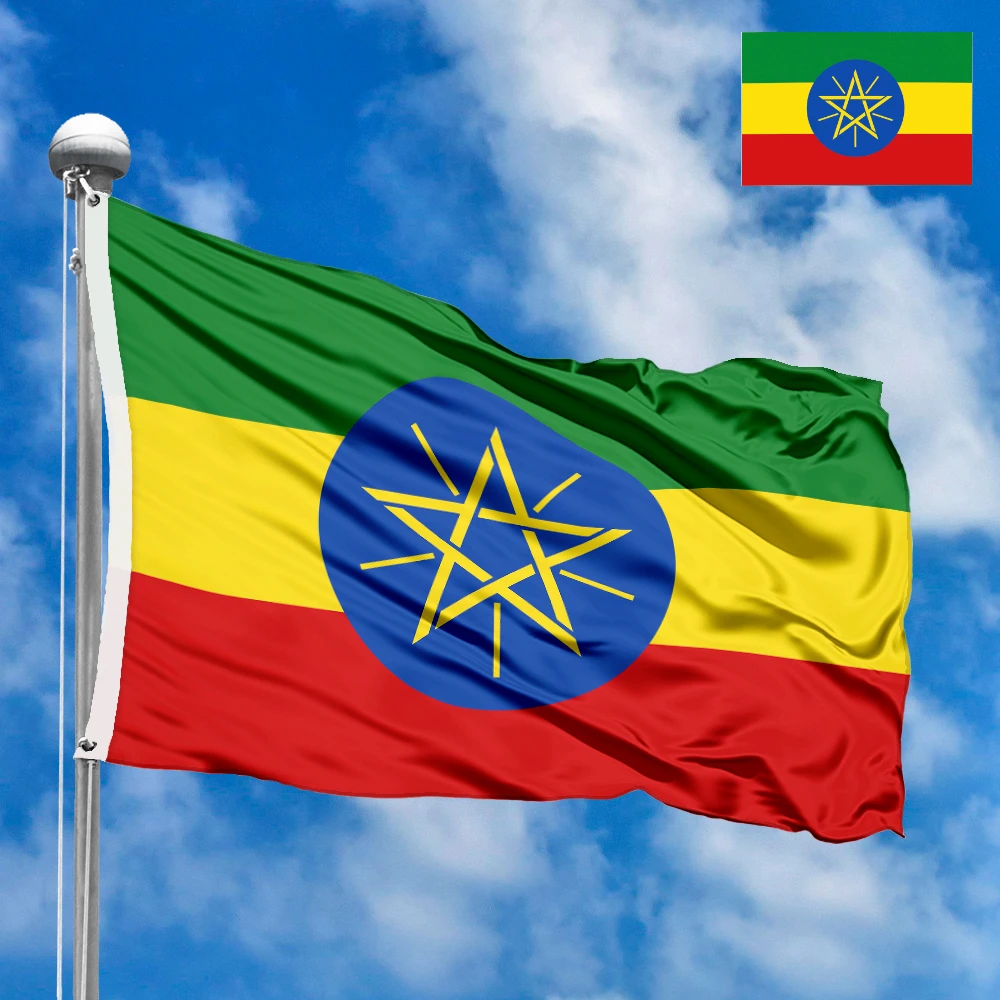
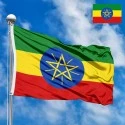
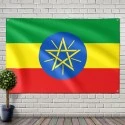
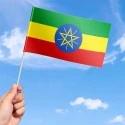
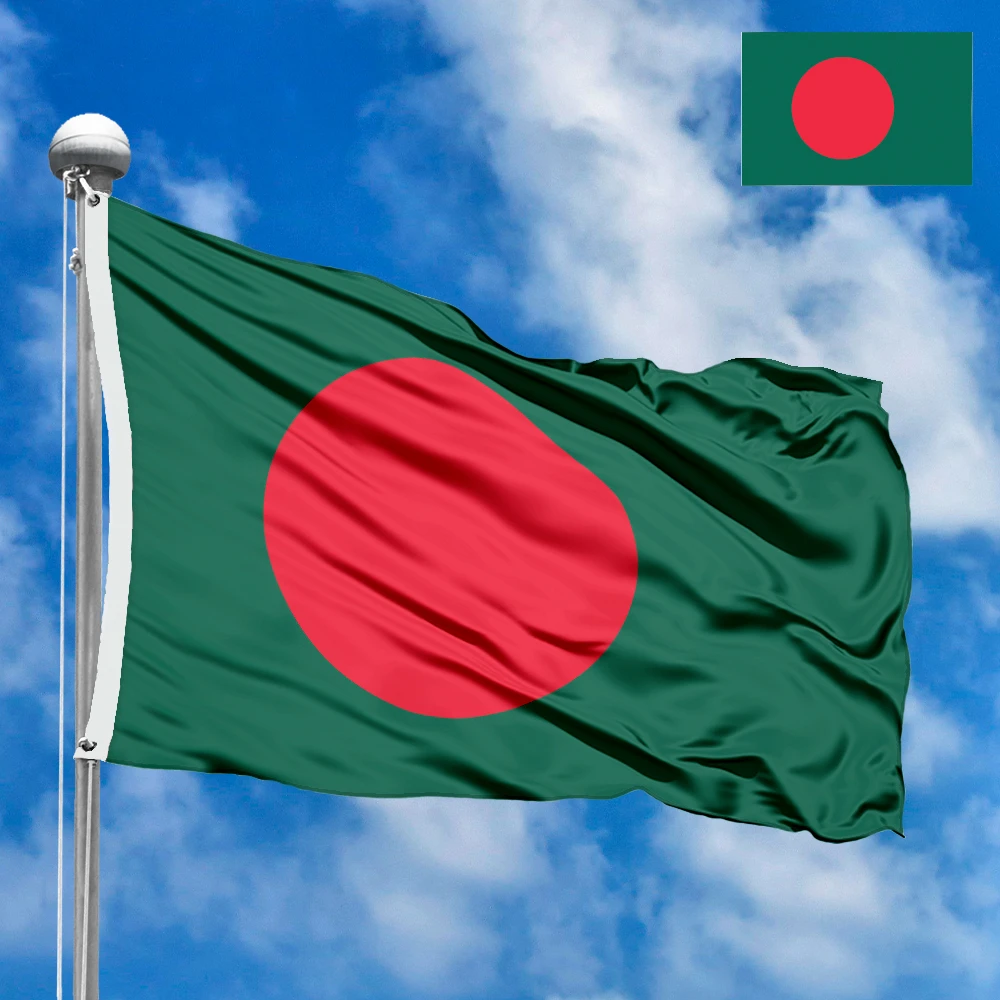
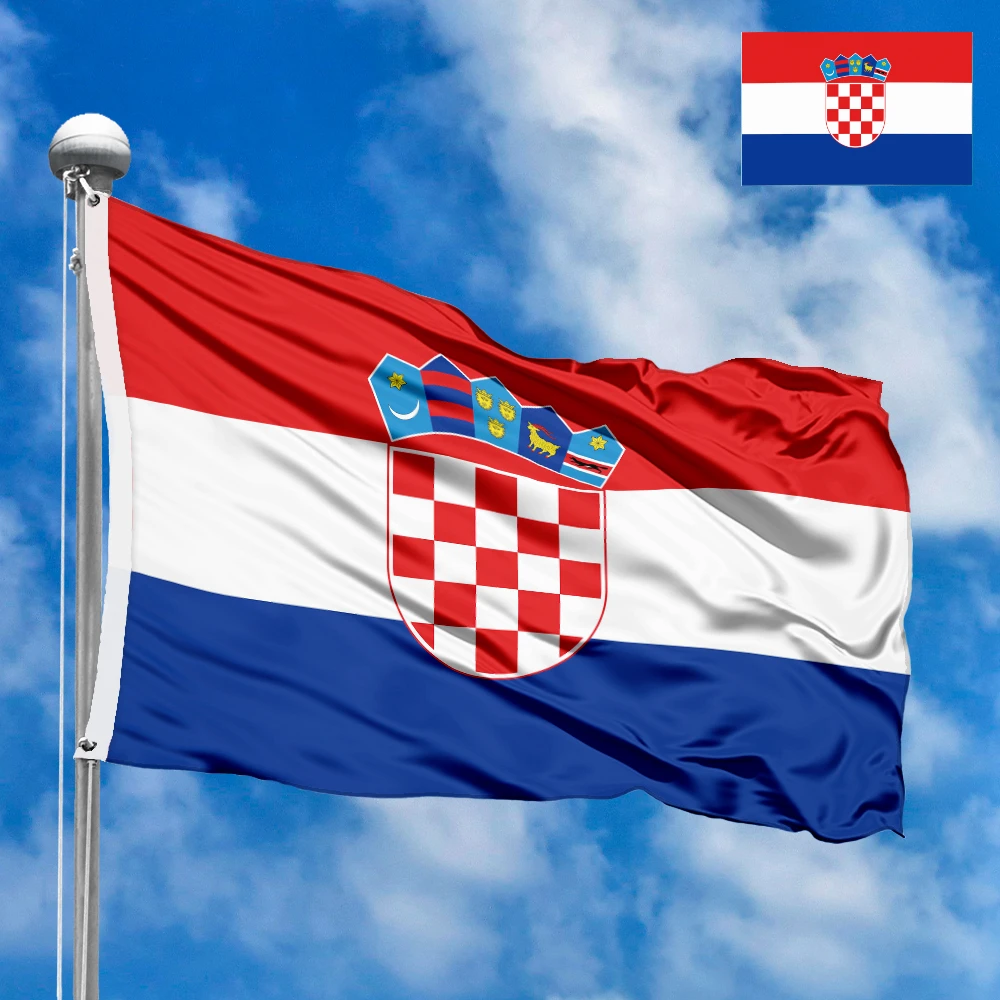
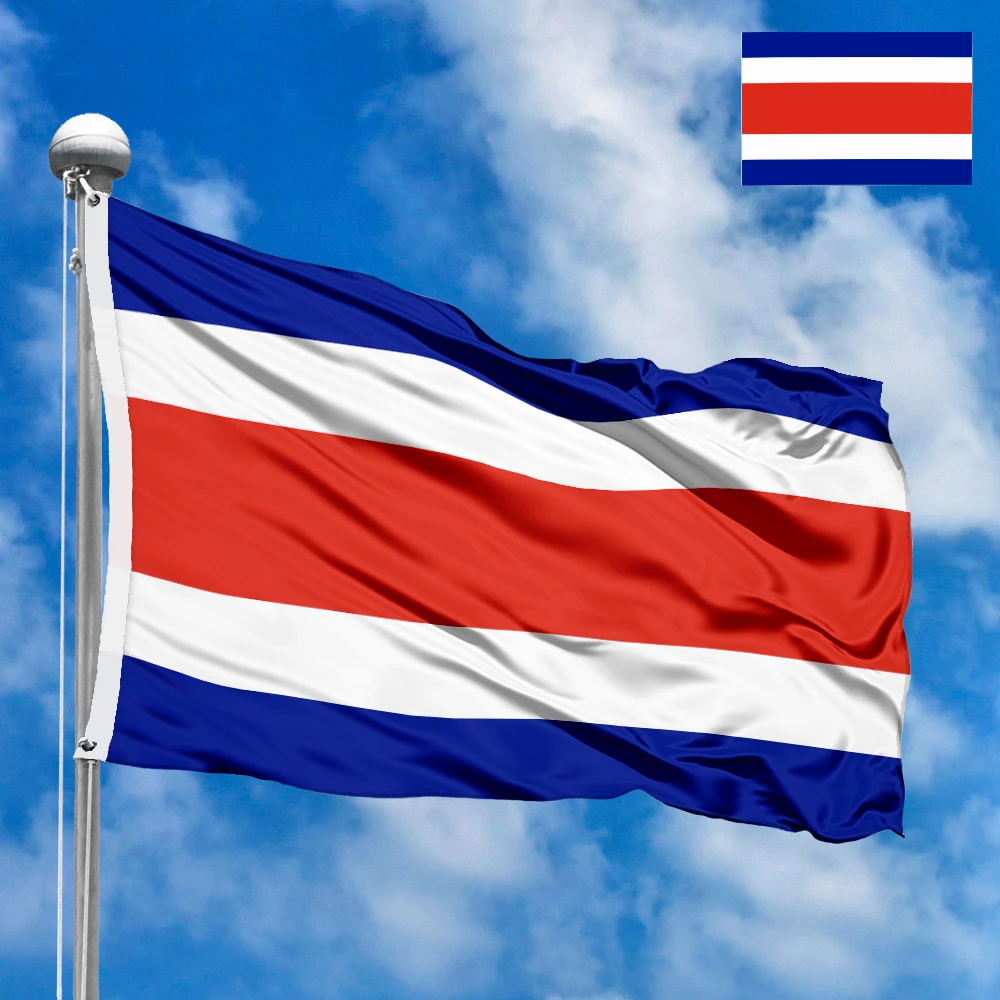

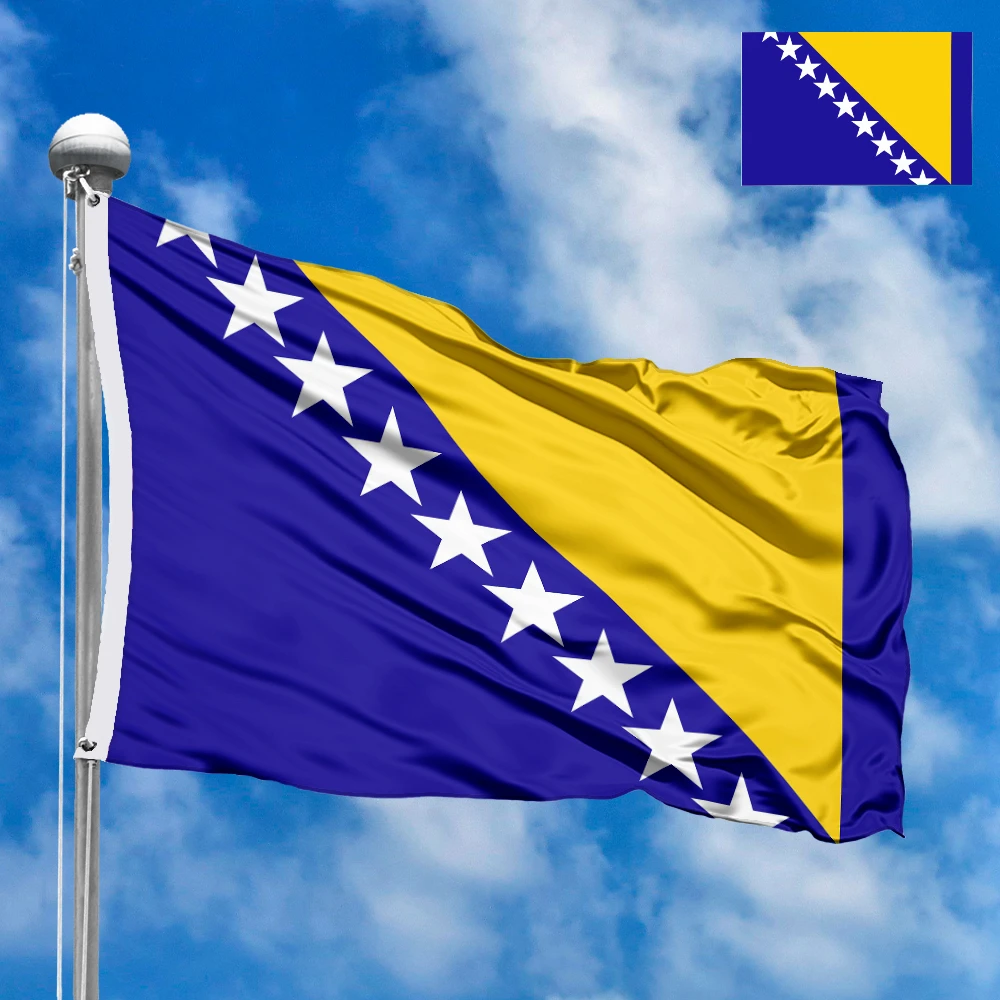
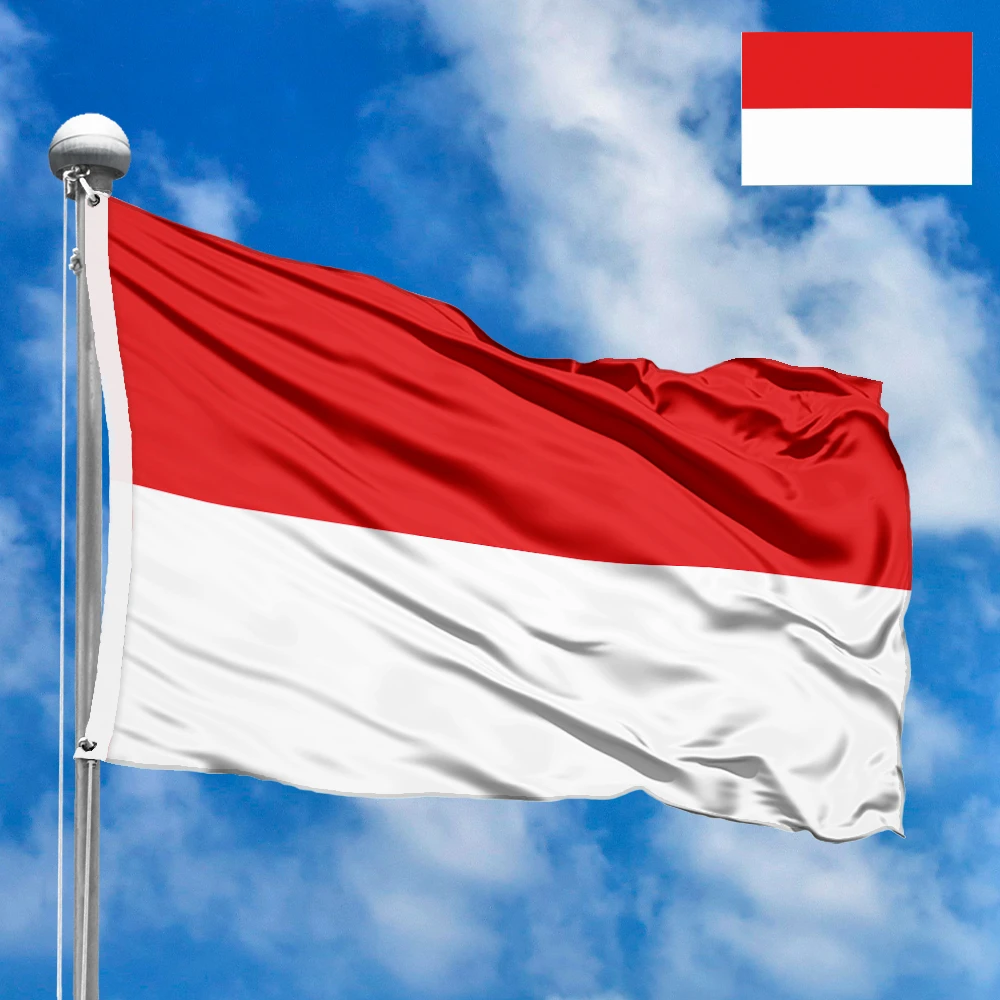





 Sizes:
Sizes:
 Sizes:
Sizes: